Sector
Food retail
Category
Vision, approach
Author
Maaike van Rooden
Reading time
15 minutes
The headlines currently dominating the news revolve mostly around the heatwaves happening in the United States, Mexico, and southern Europe, the wildfires in countries like Greece, and warm seawater off the coast of Florida. Researchers have indicated that this extreme weather would have been virtually impossible without the temperature of the planet rising as a result of burning fossil fuels.
A few days ago, a new study from the University of Oxford was published showing that a plant-based diet leads to 75% less CO2 emissions compared with a meat-rich diet.
The need and urgency to opt for plant-based foods more often are clear. And since, as a grocery store, you have a significant influence on what people eat, these messages are a call to action: help and inspire your customers to change the choices they make in the store. Together, we will contribute to a better, healthier world.
But how do you tempt customers in the store to buy different products than they are used to? And how do you ensure that the vegan and vegetarian offerings sell well and are a commercial success for the supermarket? We got you.
Screenshots of news articles on The New York Times, The Guardian en NRC.
1. The right plant-based range on the shelves: product and price
In order to motivate customers to opt for plant-based options over meat, fish and dairy, it is first of all necessary to know which product groups are key to a vegan diet. Vegetables, fruits, nuts, grains, legumes and soy products, such as tofu and tempeh, are the most important building blocks to provide the daily need for vitamins, minerals, fats, proteins and starches. This vegetable base must always be well represented in the range in the supermarket. Plant-based alternatives are easy to fit into what people are used to eating. This, therefore, requires a minimal amount of change in behaviour.
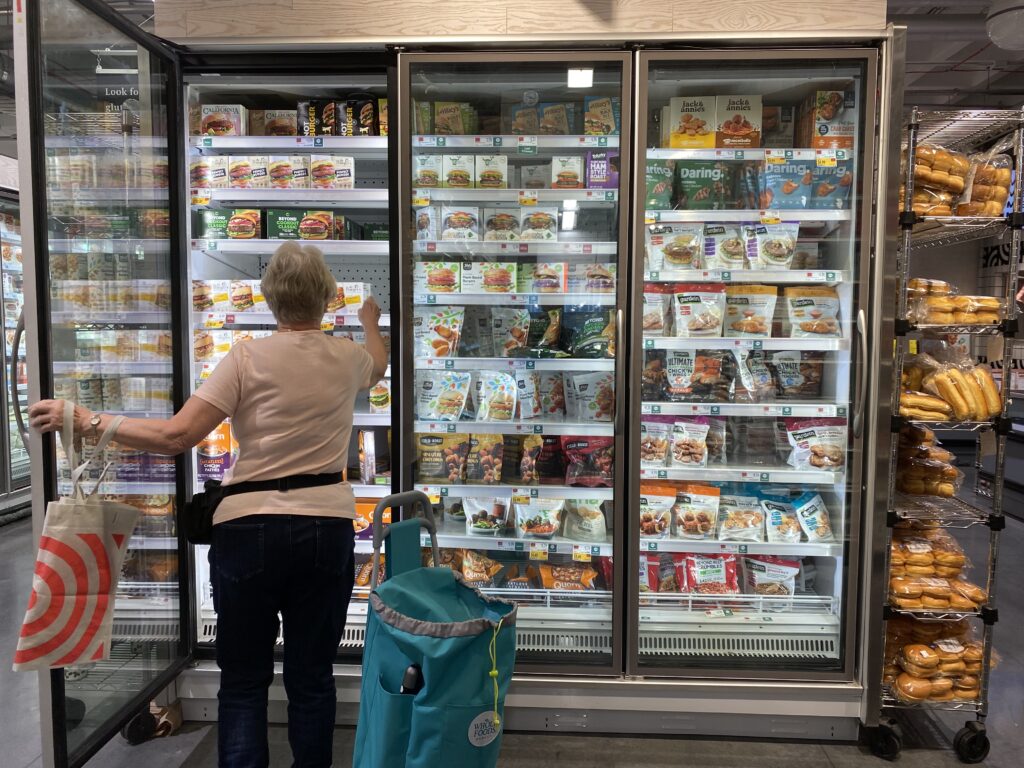
Plenty of choice on the shelves with meat substitutes at Whole Foods Market in New York.
Vegan cheese is a tipping point. From then on, people buy more and more plant-based products.
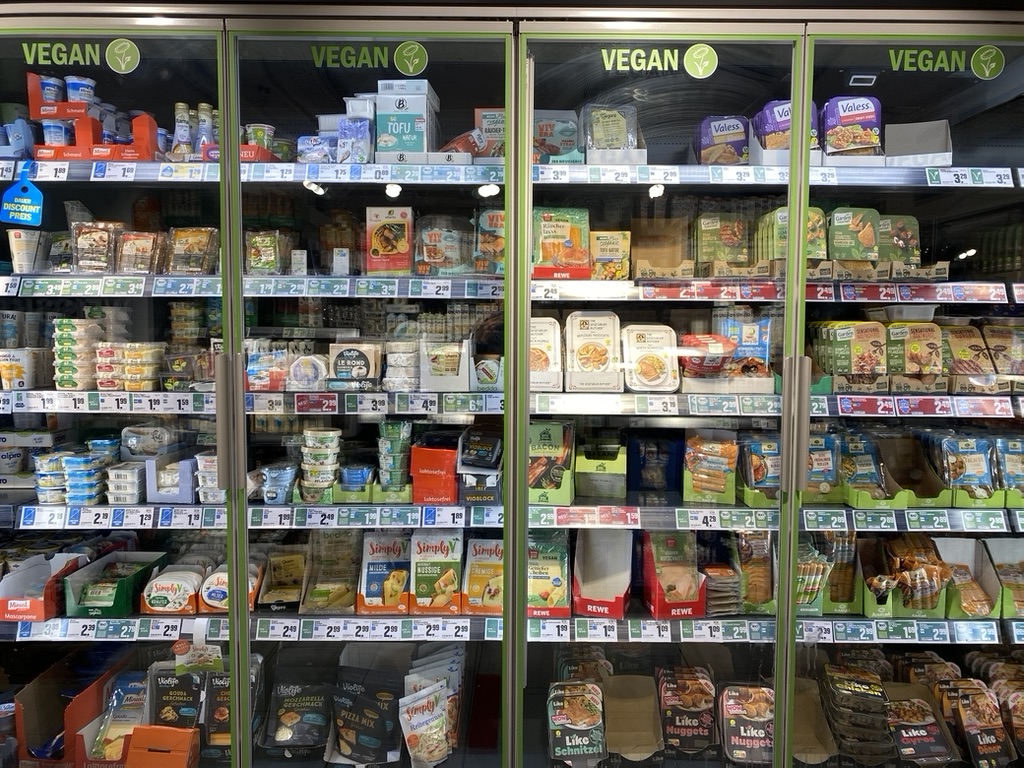
When customers start buying vegan cheese, they continue to buy more and more plant-based products.
Plant-based alternatives in various product categories
Meat substitutes, such as burgers, minced ‘beef’ and ‘chicken’ nuggets, are an important assortment group, as they offer a low-threshold alternative to meat. In the supermarket, this is currently the largest category of plant-based alternatives, followed by plant-based drinks, yogurts and butter. Vegetable cheese then follows as the third in sales volume. This is followed by vegan fish and frozen meals.
The first two categories are generally more accessible, while making cheese and fish substitutes, which are a good alternative in terms of taste, is still a challenge. Although there is a lot of innovation going on when it comes to fish alternatives at the moment. You can also see more experimentation taking place in the production process for plant-based cheeses, with the aim of making these products more nutritious. Many vegan cheeses are based on coconut oil, with a high level of saturated fats. But by fermenting oat milk, for example, this is not necessary and a better product is created that resembles cheeses in taste and texture, made using traditional processes. The Spanish brand Flax & Kale is a forerunner in the fermentation process, which their R&D department developed. They marketed one of the first ripened and semi-ripened vegetable cheeses in the world. So you can still enjoy a delicious Spanish manchego, but better.
Fun fact: when customers start buying vegan cheese, this is often a tipping point in their purchasing behaviour and needs. They then continue to buy more and more plant-based products.
In addition to the right offering, it is also important to keep the range stable and expand it further. This helps customers to develop new habits and a fixed shopping routine. It is not advisable to switch between new variants of meat substitutes too often. Although young, up-and-coming vegan brands must be given a chance on the shelf, we often see them quickly disappear again to make way for their own private label and well-known names such as The Vegetarian Butcher and Beyond Meat. Commercially, it may be understandable, but it does not help to make people eat plant-based foods more often. Because they have to search again and again and they may miss out if they have previously bought a plant-based product that they liked in terms of taste, texture and price.
Increasing the visibility of vegan products through price and promotion
The high price of plant-based products, in addition to the perception that it has no flavour and leaves you feeling hungry shortly after, is the most common reason not to opt for plant-based foods. However, due to the current inflation, the price argument has been dropped. Since 2022, vegan meat alternatives have become cheaper than their conventional counterparts, according to research by Questionmark and Proveg International.
Nevertheless, it is important that vegetarian and vegan products are well represented in sales and promotions. Temporary price reductions ensure that this range gets a more accessible price point and that more attention is paid to the plant-based range in the supermarket.
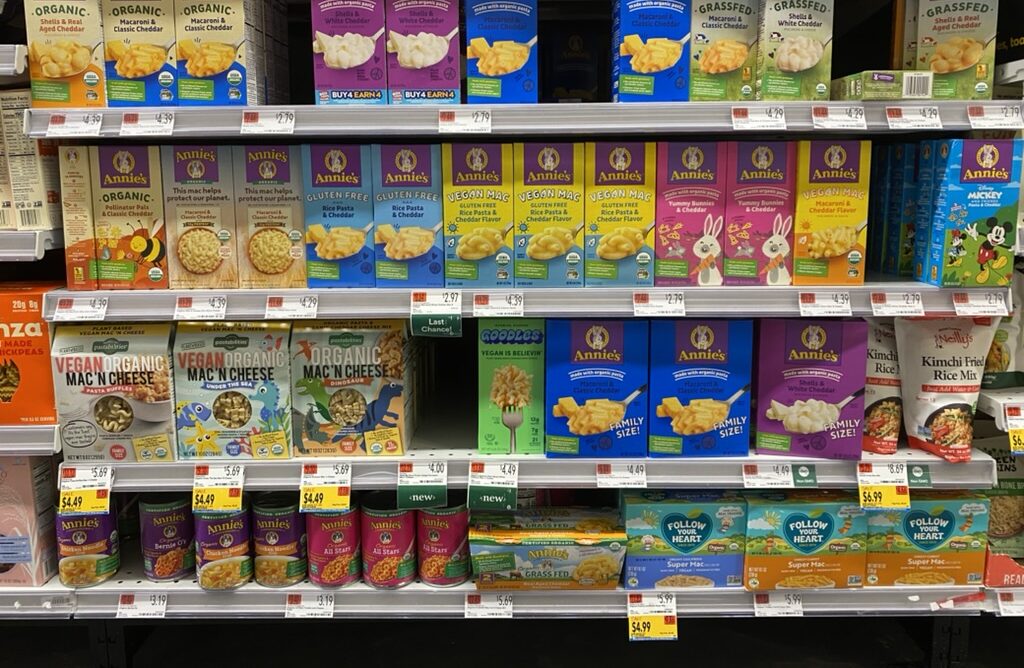
Give extra attention value for promotion and new assortment by using signage on the shelf.
How do you come up with a vegan assortment plan that fits your supermarket formula?
It starts with determining who your customers are and what you stand for as a brand. In order to have the right vegetarian and plant-based product range in the store, it is essential that you get to know the preferences and needs of (potential) customers. You want to know to what extent they are concerned with topics such as sustainability and animal welfare, because this provides information about their willingness to try plant-based products and dishes.
The goal, of course, is to offer the products that your customers are consciously and unconsciously looking for, while at the same time surprising and enticing them. The goal ultimately is to encourage them to make more plant-based choices. The way you do this should be in line with your brand’s core values and how customers see your brand. You don’t want to alienate your customers from your brand, but you do want to challenge or stimulate them. You must therefore determine whether you want to be a forerunner in this segment or prefer to follow. The brand and business strategy provide valuable input in this decision. What sustainability goals have been defined? And what is the opinion and intrinsic motivation within the organisation to make better, more sustainable choices? This will help create a compelling vegan proposition: the role you want to play in the growing vegan segment, fitting your brand and appealing to your target audience.
It is crucial to have these principles and context in focus before you start making the assortment plan, in which the plant-based assortment is given a good place in all categories. The plan must contain the right products, from appealing brands and within an appropriate price range. A well-founded and consistent assortment is necessary to stimulate real behavioural change. The assortment should be relevant to your customers, their lifestyles and habits, while also being commercially successful for your supermarket, with a good turnaround and margin.
2. Inspire customers through visual merchandising and in-store communication
Having a plant-based assortment on the shelves is not enough. In order to encourage people to buy these products and inspire them in ways how to eat delicious vegetarian and vegan food, we still see a lot of room for improvement in supermarkets.
Removing barriers to the switch to plant-based
First, it is necessary to become familiar with plant-based eating. What we don’t understand, we fear. A degree of normalisation is needed, through word of mouth, what is made available through shops and restaurants, social media, etc. But also, of course, what influential brands are doing. IKEA is at the forefront of this as the largest commercial kitchen in Europe. After the vegan soft ice cream and the vegetable meatball, IKEA is introducing the plant dog, the plant-based variant on the popular hot dog, in July 2023. “As a well-known, large retailer, the company takes responsibility for promoting sustainable consumption. And that is why we want to positively surprise as many people as possible with the taste of our plant-based alternatives”, says Marcel van Geijn, Food Manager IKEA Netherlands. In addition, the price of the plant-based version is always lower than products that use animal ingredients.
In addition, grocery shopping is extremely routine-driven for most people. People are used to walking more or less a fixed route through the store and they know what they need. Just look at how uncomfortable it feels when a number of products have suddenly been moved to another aisle. An average household also has a basic 9 recipes, which they eat regularly. Changing eating habits requires both an active approach and gentle nudging, responding to the unconscious behaviour.

IKEA’s new plant dog, the vegan variant on the popular hot dog. © IKEA

The Middle Eastern kitchen is vegan-friendly because many legumes and herbs are used.
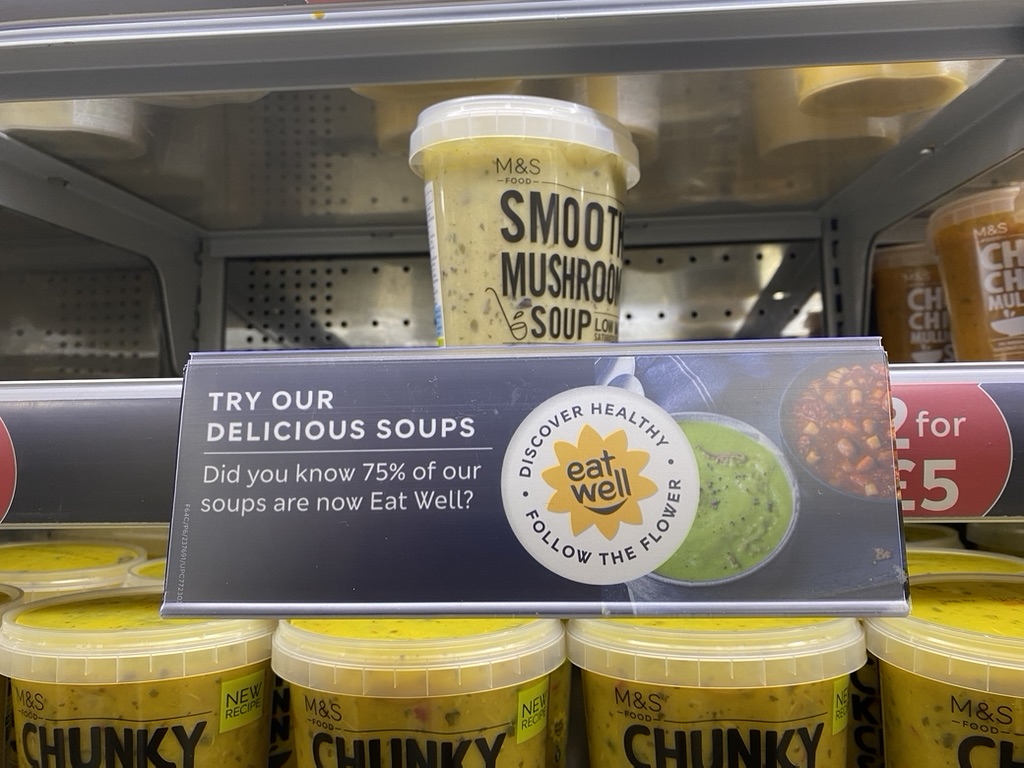
Marks & Spencer communicates at the shelf level that the company is convinced of healthy food.
Let your customers taste and inspire them
As long as plant-based is not yet the norm, it is necessary to draw attention to the ‘new’ aspect in order to make people buy it. By giving people the opportunity to taste in store (whether or not in collaboration with product brands), any uncertainties about the taste and texture can be eliminated immediately. Providing meal solutions, recipes and suggestions for switching animal ingredients for plant-based alternatives helps people get started and gives them a better idea of how to prepare plant-based dishes. Take a look at the vegan-friendly world cuisines. For example, Middle Eastern or Indian dishes often hardly use animal ingredients, with legumes, grains, vegetables and herbs playing the leading role. And when letting customers experience and be inspired, don’t just think of the evening meal, but also consider breakfast. Breakfast options, such as plant-based yogurt or cappuccino with soy or oat milk, often offer low-threshold options.
To encourage customers, it’s also effective to provide information about the benefits and impact of plant-based diets, and why your company cares. Of course, this cannot only take place on the shop floor. The website, webshop, app and magazine also offer perfect opportunities to make plant-based food accessible.
Easy to find in store
Inspiration, information and experience are especially effective if they take place at logical, relevant moments in the customer journey. It makes sense to connect as much as possible to the usual route through the store. In order to entice customers to buy vegan products, it makes sense to place this range close to or on the same shelf as the animal variant. This makes the range of plant products more visible than when a separate shelf or department is set up. It raises the threshold to look there and customers are more likely to skip that part. By presenting vegetarian and vegan products as alternatives in the same environment, customers can be pleasantly surprised. In addition, an integrated product presentation contributes to the normalisation of plant-based eating, an approach recently embraced by Lidl.
In-store communication can be used to ‘talk‘ effectively with customers. This way, navigation signage helps people to easily find their way, from the departments in the supermarket to the product categories within each department. Within these categories, it is important to highlight the veggie or vegan range. Through the products or in a category, inspiring communication, so-called ‘silent salesmen’, helps to encourage customers to make different choices on the spot. But product presentations also play a role in finding the right products easily. By means of visual merchandising, products can be presented in combination, so that customers can easily find the necessary products for a delicious plant-based dish.
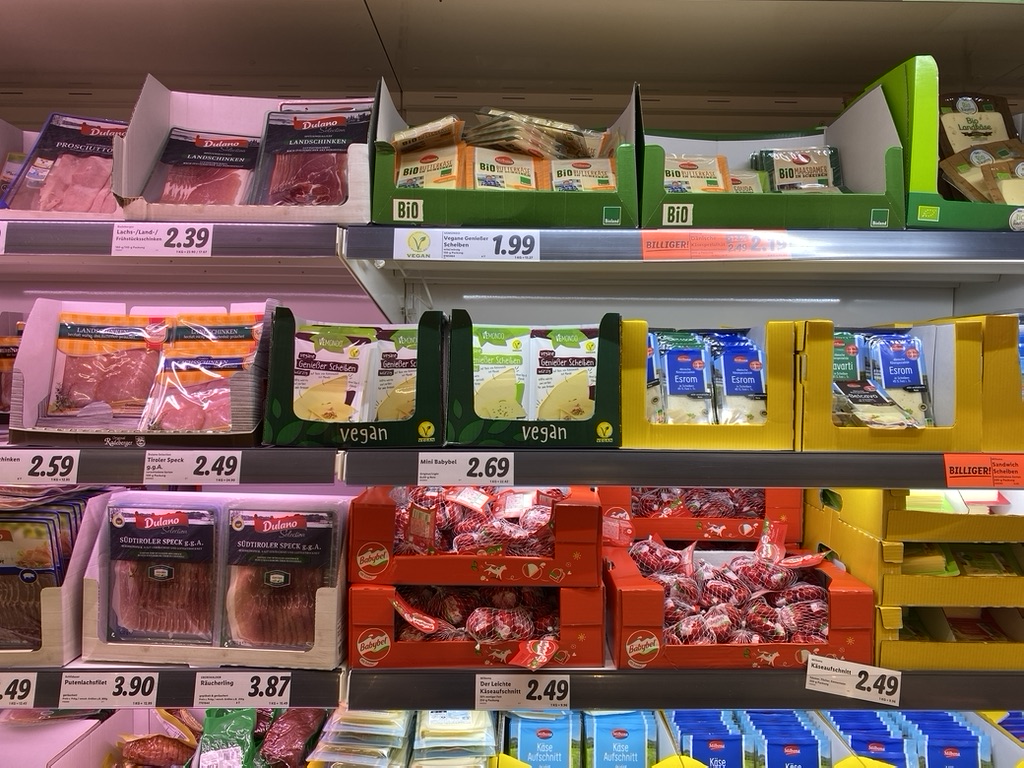
Lidl places plant-based products next to cheese and meat to entice consumers to choose vegan.
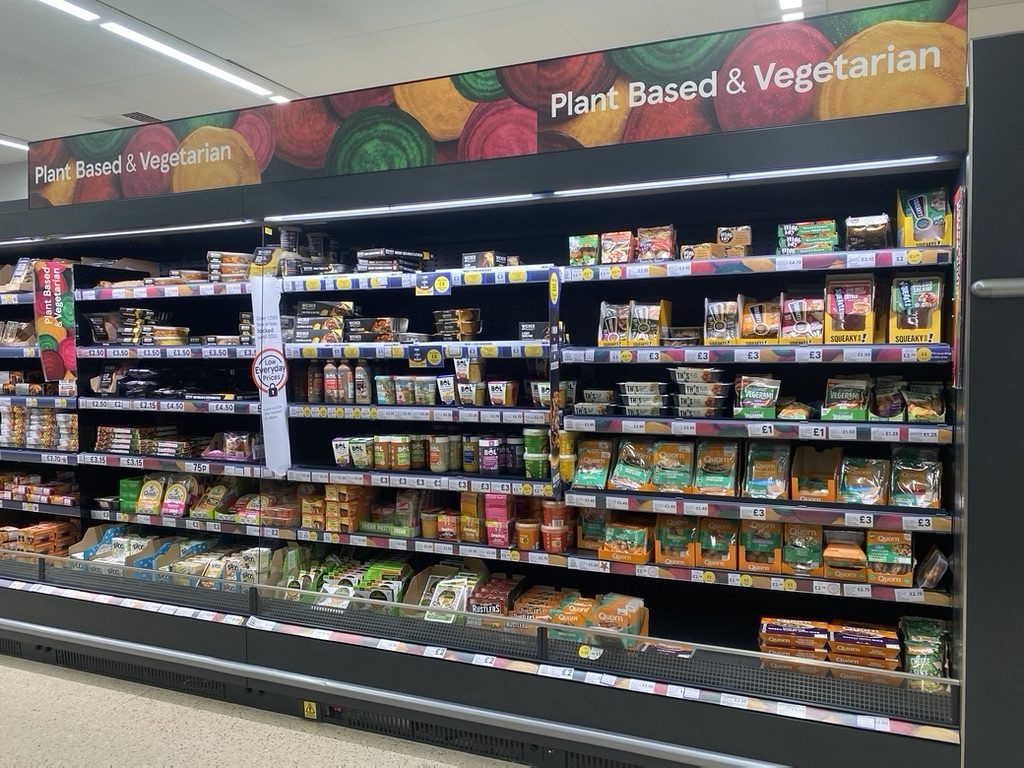
Plant-based and vegetarian assortments are clearly signed in Tesco in London.
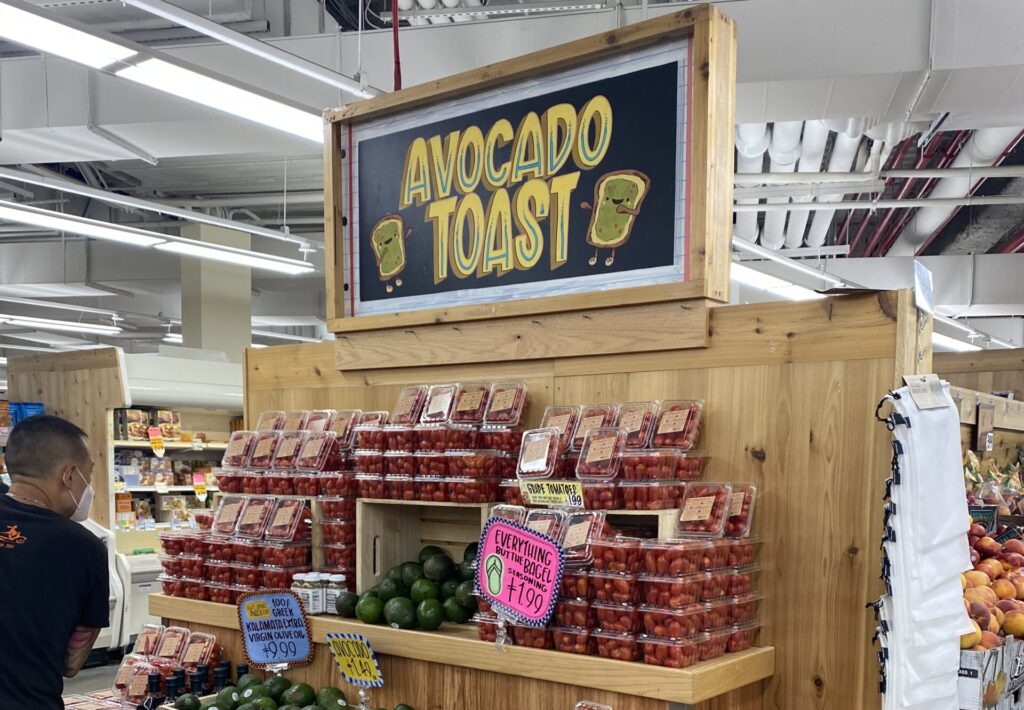
Visual merchandising offers customers inspiration and convenience.
How do you help your customers to choose plant-based foods more often?
Here, too, it is important to delve into the behaviour and needs of your customers and determine the message you want to convey as a brand. Do you want to actively encourage your customers to change their eating habits, or do you want to inform them and offer them the options? This choice determines the allocation of the vegan range, in-store communication and visual merchandising.
By mapping out the customer journey of the most important customer segments, you can determine the right moments to bring the vegan range to the attention: at home, on the go and in the store. In addition to integrating the range into existing departments and categories, inspiration and information are powerful communication tools to entice customers to make the switch to plant-based. But the packaging design also contributes to the intention to buy: when people can see the product and the texture, for example in transparent packaging, they are more likely to buy the product.
Designing the in-store communication and visual merchandising is about how it looks, but also about the right wording. It must match the vegan proposition of the brand and the customer groups. Find a tone that resonates with key audiences. People who consciously opt for vegetarian and vegan products benefit from clear signing and labelling in the store and on products. However, it is important to note that the words “vegan” or “plant-based” put off some consumers and evoke negative associations or resistance. For example, Sodexo noticed in their company restaurants in the United States that the sale of the dish ‘sweet potato & black chili beans’ sold much better than ‘vegan chili’, while it was an identical meal. We encourage you to experiment with different approaches to find out what works best for your target audience. Test different communications and visual merchandising options and measure their effect.
Conclusion
Encouraging customers to buy plant-based products more often in the supermarket is not only about what you offer, but also about how you offer it. The right vegan range must match the most important target groups, and be seamlessly integrated into the overall range. By being clear about what you stand for as a brand and what role sustainability, animal welfare and health play in this, it gives you certain guidelines in developing concrete solutions for marketing, presentation and communication in the store to bring the plant-based range to the attention of your customers. This well-founded approach, which fits the brand and appeals to the target group, enables real behavioural change.
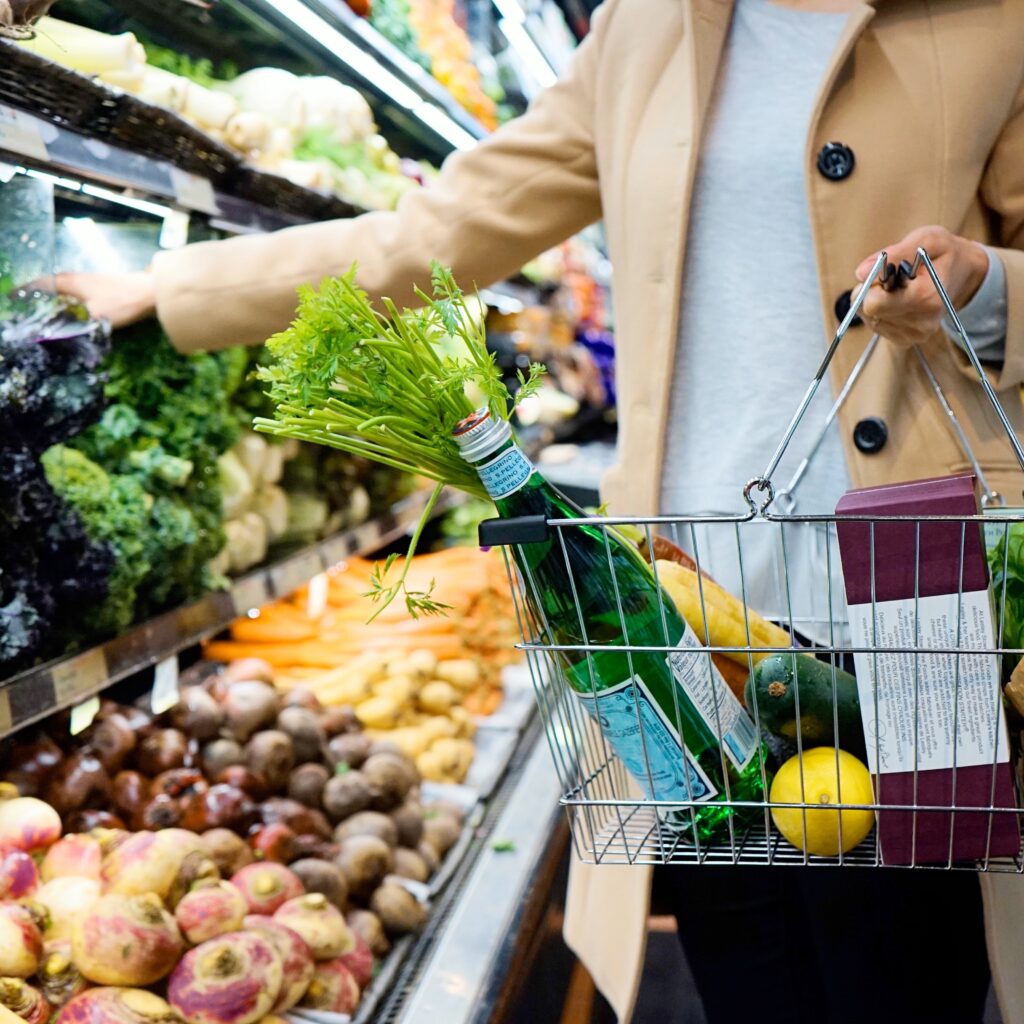
Getting started?
Do you want your customers to choose plant-based more often? Find out here how we can help to create the right product range and offer concrete solutions for marketing, presentation and communication in the store, based on customer insight and a unique vegan proposition:
Photo credits: The New York Times, The Guardian, NRC, IKEA, Abillion (via Unsplash), Tara Clark (via Unsplash) and own photos


